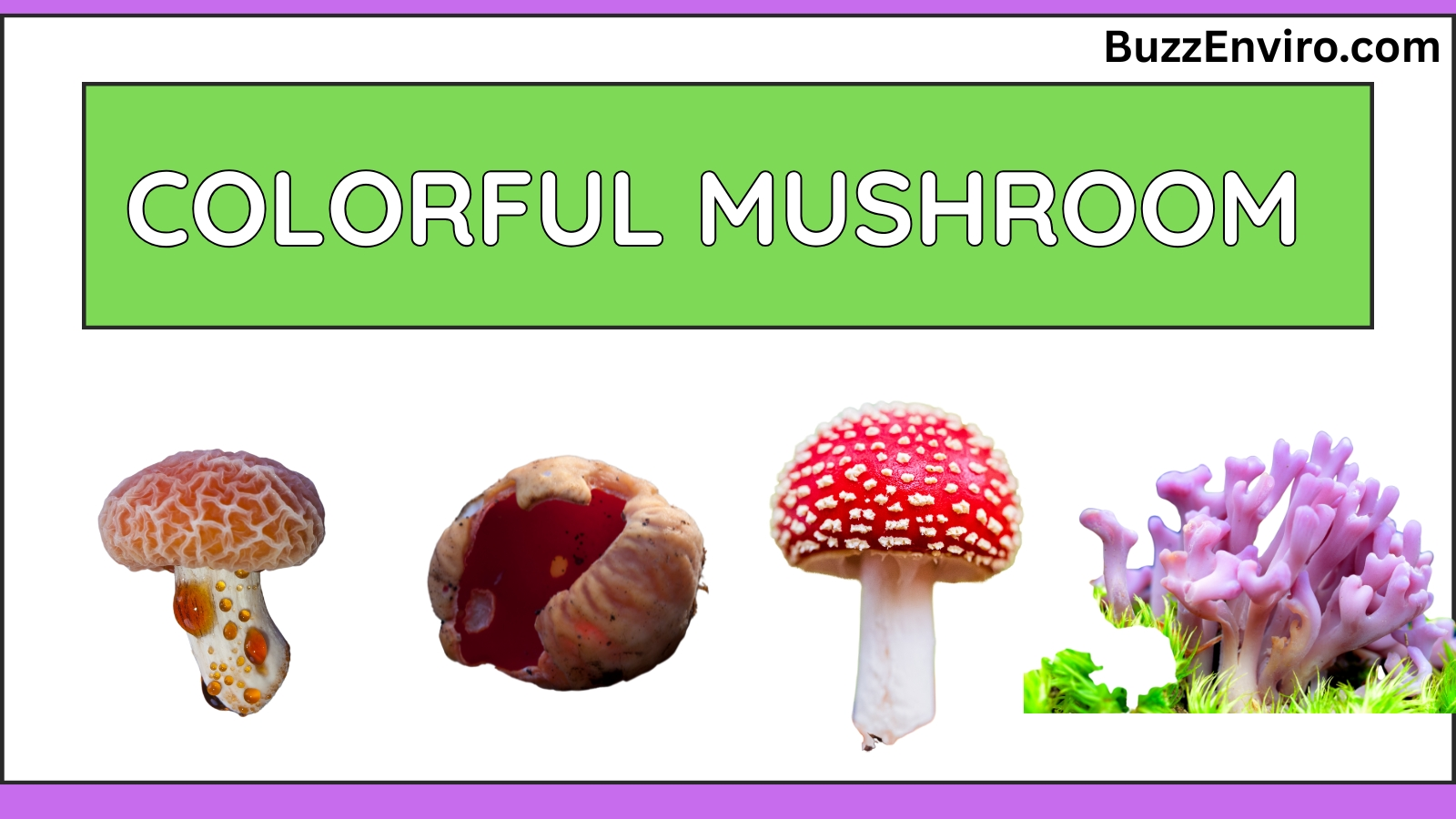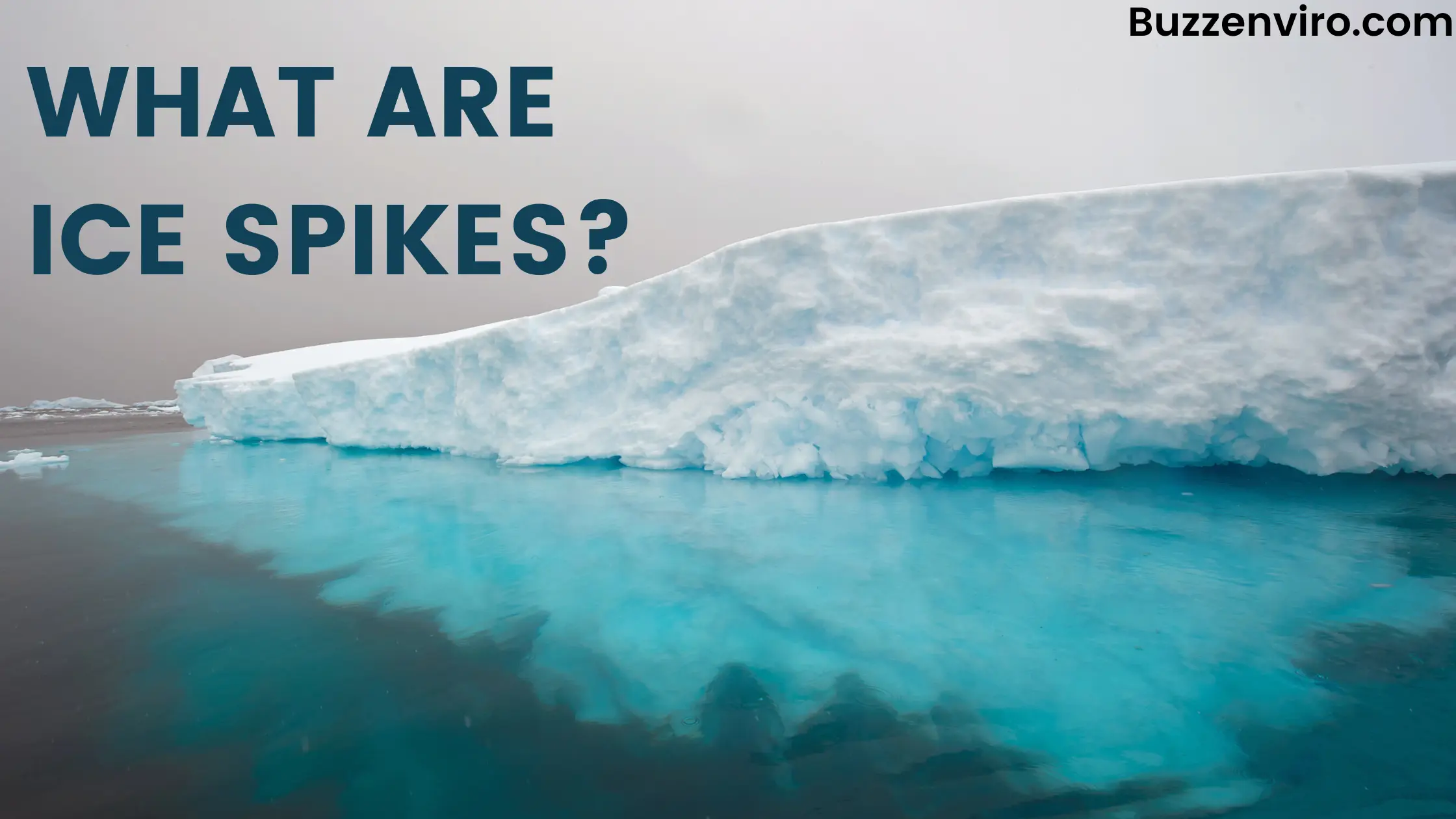Mushrooms are not just fascinating to look at, they are also an integral part of nature’s ecosystem. From the forest floor to the highest mountain peaks, mushrooms come in a variety of shapes, sizes, and colors. While some are edible and delicious, others are toxic and must be handled with caution. In this blog post, we will explore 10 colorful mushrooms and fabulous fungi that stand out for their vibrant hues and unique characteristics.
1. Rhodotus Palmatus (Wrinkled Peach)

Rhodotus palmatus, often referred to as the “wrinkled peach,” is a stunning mushroom that features a soft, peach-colored cap with distinct wrinkled texture. Its cap can range from orange to pink hues, making it easily recognizable. The distinctive wrinkling pattern gives this mushroom an almost alien-like appearance. Rhodotus palmatus is primarily found in decaying hardwoods and is known for its delicate structure and beauty.
2. Sarcoscypha Coccinea (Scarlet Elfcup)

Known for its vibrant, red coloration, Sarcoscypha coccinea, or the Scarlet Elfcup, is a striking fungus that grows in decaying wood. The cup-shaped fruiting bodies emerge in early spring, often after rain, and their bright red interior contrasts beautifully with the surrounding forest floor. These fungi are often found in temperate regions and add a touch of color to otherwise dull woodlands.
3. Amanita Muscaria (Fly Agaric)
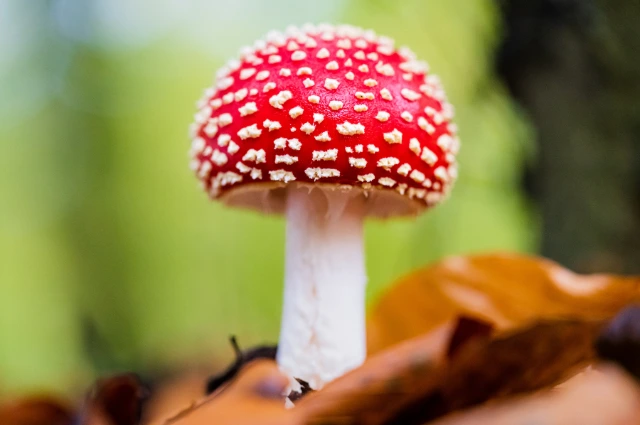
Amanita muscaria, the classic “fairy tale” mushroom, is known for its bright red cap speckled with white dots. This iconic mushroom is not only colorful but also surrounded by myth and legend, often depicted in stories, folklore, and video games. Despite its striking appearance, Amanita muscaria is toxic, containing psychoactive compounds that can be harmful if consumed. It typically grows in forests, often beneath birch, pine, and spruce trees.
4. Laccaria Amethystina (Amethyst Deceiver)
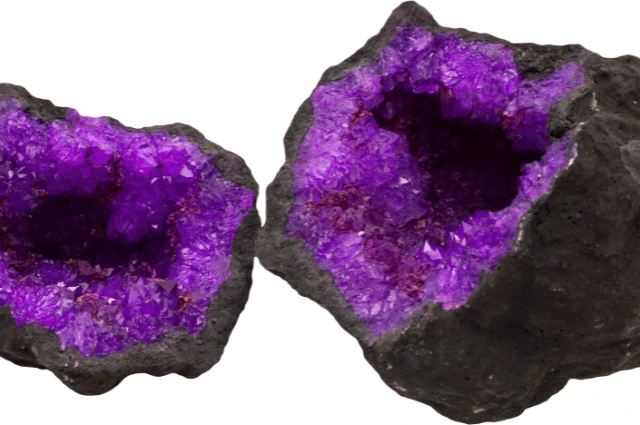
The Laccaria amethystina, or Amethyst Deceiver, is a small, purple mushroom that gets its name from its beautiful amethyst-like color. Found in woodlands and grassy meadows, this mushroom changes color depending on its environment. While it appears vibrant purple when fresh, it can turn a dull brown or pinkish shade as it ages, making it one of the most fascinating fungi to observe.
5. Hydnellum Peckii (Strawberry Pinecone)
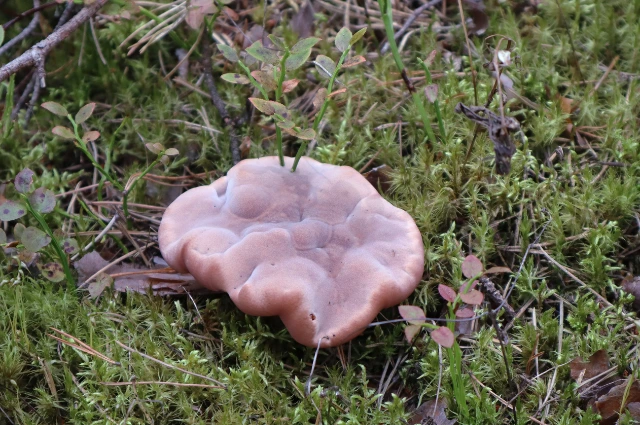
Hydnellum peckii, also known as the “Strawberry Pinecone,” is a strikingly beautiful and unusual mushroom. It features a white, spiky appearance with bright red drops of liquid that resemble strawberry syrup, giving it a unique, blood-red hue. This mushroom is rare and grows in coniferous forests, often found on the forest floor or on decaying wood.
6. Clavaria Zollingeri (Zollinger’s Coral Fungus)
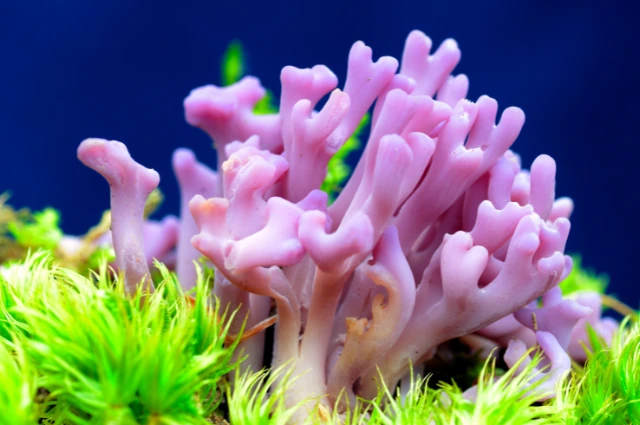
Clavaria zollingeri, commonly called Zollinger’s coral fungus, is a beautiful species that forms clusters of vibrant, coral-like structures. These white to pinkish fungi resemble underwater corals and can grow up to several inches tall. Found in forests, particularly in regions with rich organic matter, Clavaria zollingeri adds a touch of color to the forest floor.
Also Read:- Top 10 fascinating temperate forest animals you need to know
7. Entoloma Hochstetteri (Blue Mushroom)
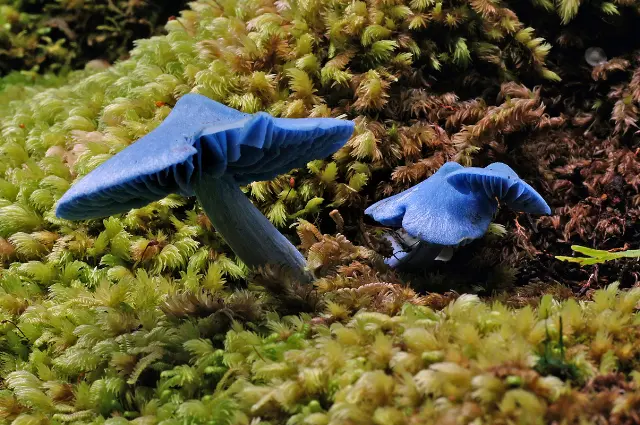
Entoloma hochstetteri is an extraordinary, rare mushroom known for its electric blue color. Found mainly in New Zealand, this small mushroom’s vibrant blue hue makes it a true spectacle. The blue color is most intense in young mushrooms and fades as they mature. While not harmful, the Entoloma hochstetteri is primarily a curiosity for mycologists and nature enthusiasts.
8. Aseroe Rubra (Stinkhorn)
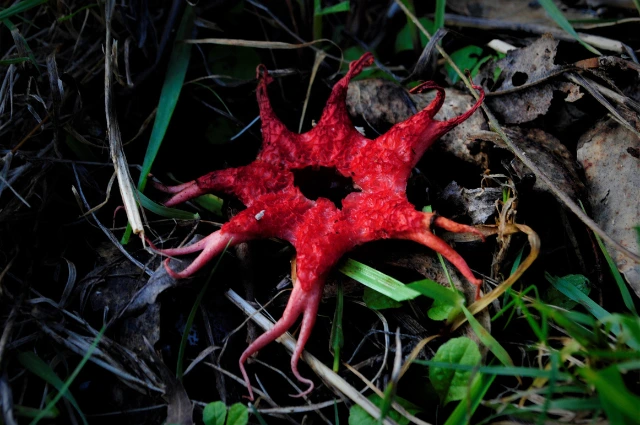
The Aseroe rubra, also known as the “red stinkhorn,” is a fascinating mushroom that releases a foul odor to attract insects. It has a bright red, spongy structure that looks like an alien organism. The mature fruiting body of this mushroom is shaped like a star, with multiple “arms” extending outward, which is why it’s often called the “starfish fungus.” Found in decaying organic material, Aseroe rubra is not edible due to its unpleasant smell and toxic properties.
9. Clathrus Ruber (Red Cage Fungus)

Clathrus ruber, or the “red cage fungus,” is another striking mushroom that forms a cage-like structure when mature. Its red and orange coloration makes it look like a living piece of art. The fruiting body starts off as a closed ball, then opens up into a net-like structure, revealing the spores inside. This unusual fungus thrives in decaying plant matter and is often found in gardens or woodland areas.
10. Clavulinopsis Sulcata (Grooved Club Fungus)
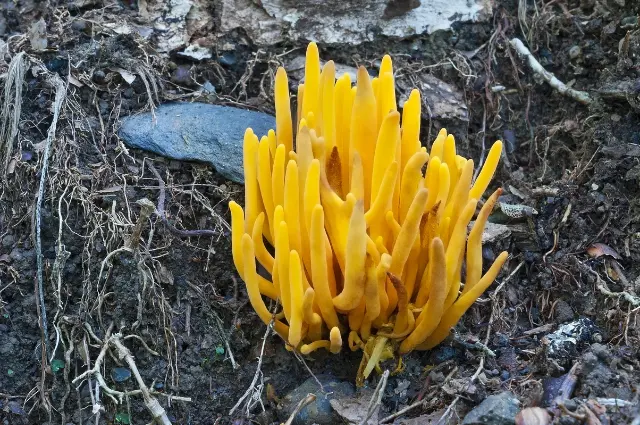
Clavulinopsis sulcata, also known as the grooved club fungus, is a small, yellow-orange mushroom with a unique appearance. It has a club-shaped structure with deep grooves running down its length. Found in damp woodlands, this fungus grows in clusters and is often spotted during the fall season. While its bright yellow color is eye-catching, it is not typically consumed due to its small size and tough texture.
Conclusion
These 10 colorful mushrooms and fabulous fungi showcase the incredible diversity and beauty found in the fungal kingdom. From the bright red Amanita muscaria to the blue wonder of Entoloma hochstetteri, these mushrooms are not only visually stunning but also play essential roles in ecosystems around the world. Whether you’re a mycologist, a nature enthusiast, or simply someone who enjoys the beauty of the natural world, these fungi are a true testament to the wonder of life on Earth.
Remember, while some of these mushrooms are safe to observe, many can be toxic or harmful, so it’s always important to approach wild mushrooms with caution and never consume them without proper identification.
